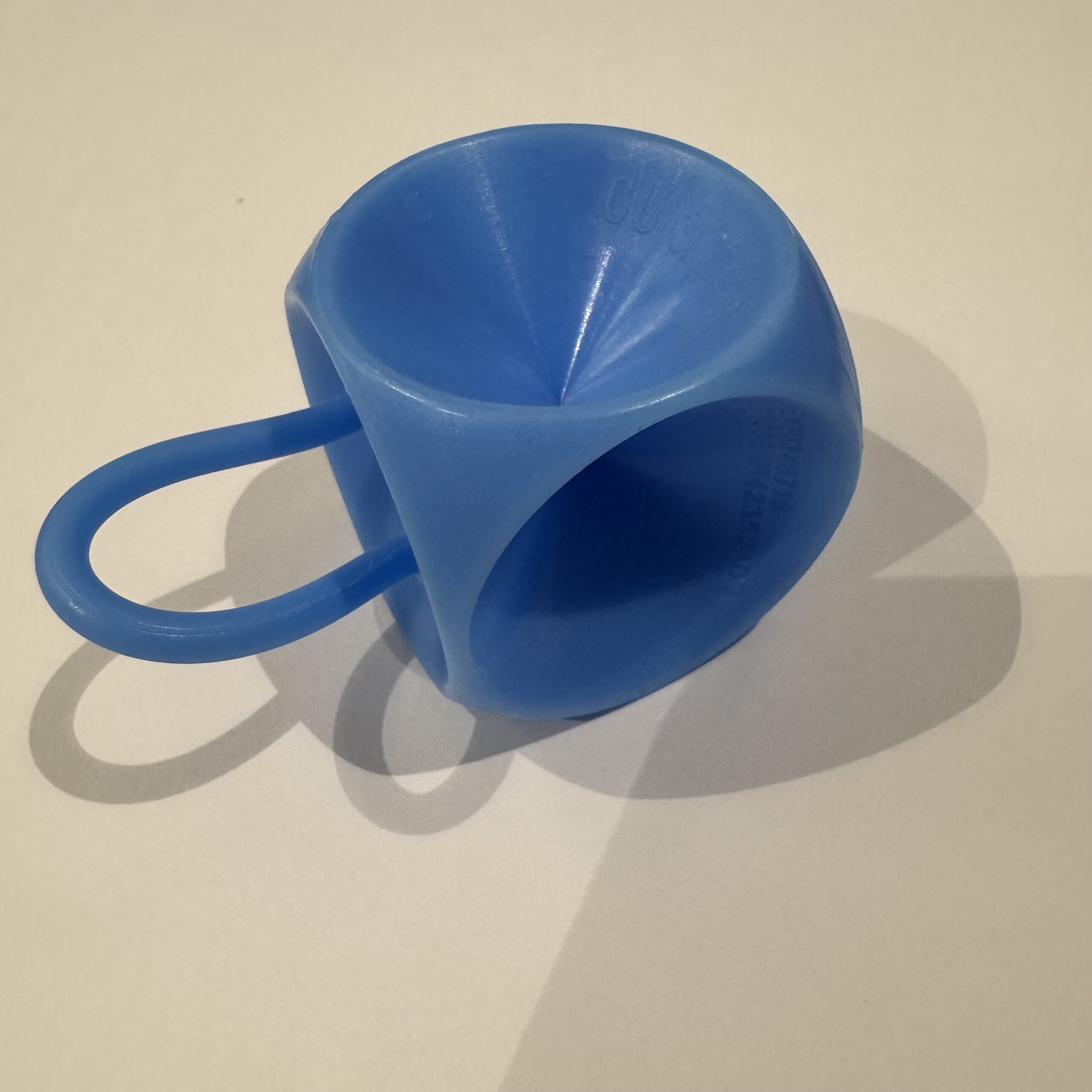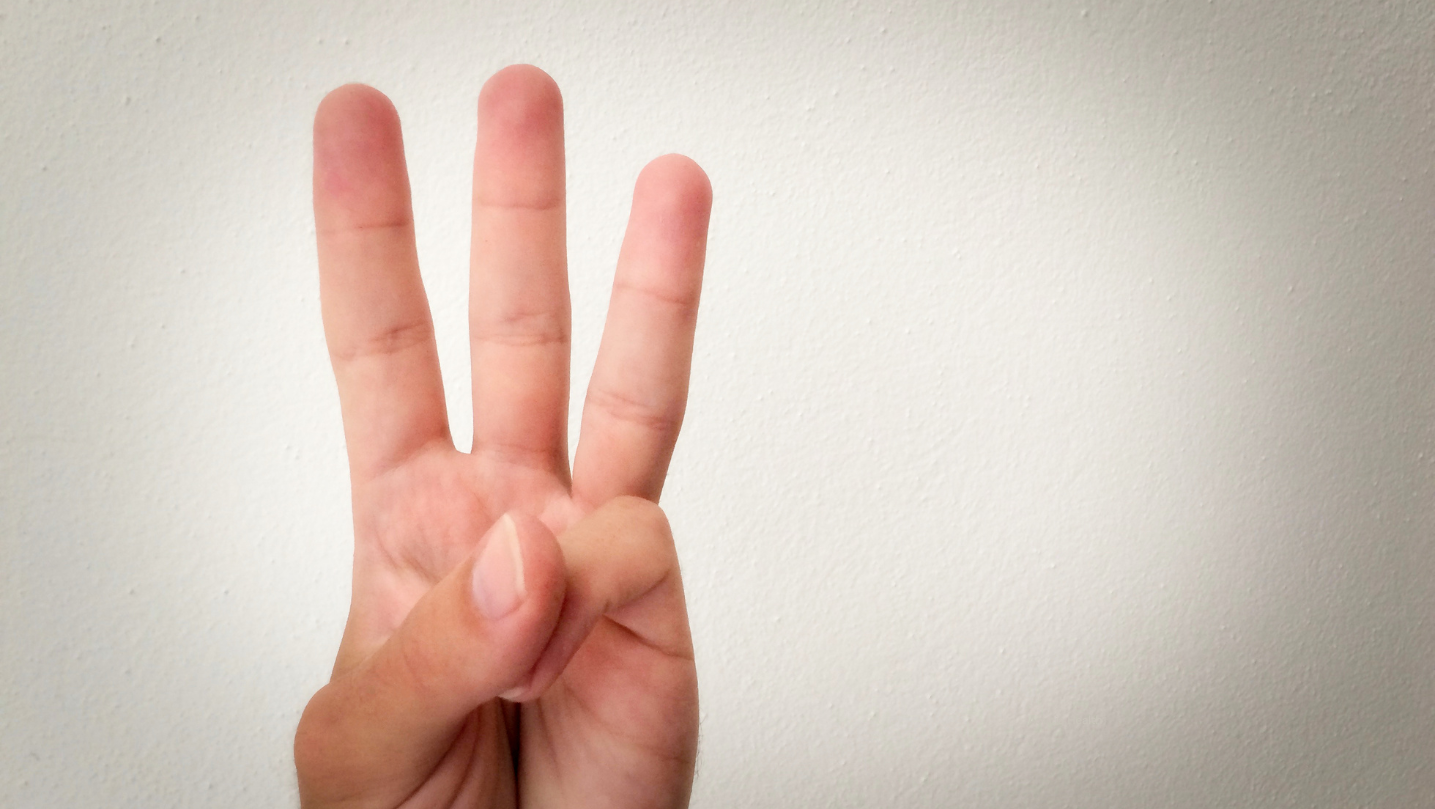Finding the Right Support for Pelvic Organ Prolapse
Pelvic organ prolapse (POP) is a common condition affecting many women, often after childbirth, menopause, or years of physical strain. When the pelvic floor muscles weaken, ligaments supporting the organs become lax, and vaginal walls thin, organs such as the bladder, uterus, or rectum may descend and create pressure or bulging in the vaginal canal.
A pessary is a device that offers support to the vaginal walls and pelvic organs. It can be life-changing for many people—improving comfort, reducing pressure, and helping maintain normal activities. However, not all pessaries are the same. The right choice depends on the type and degree of prolapse, as well as comfort and lifestyle needs.
Let’s review the most common pessaries, what they look like, and their best uses!
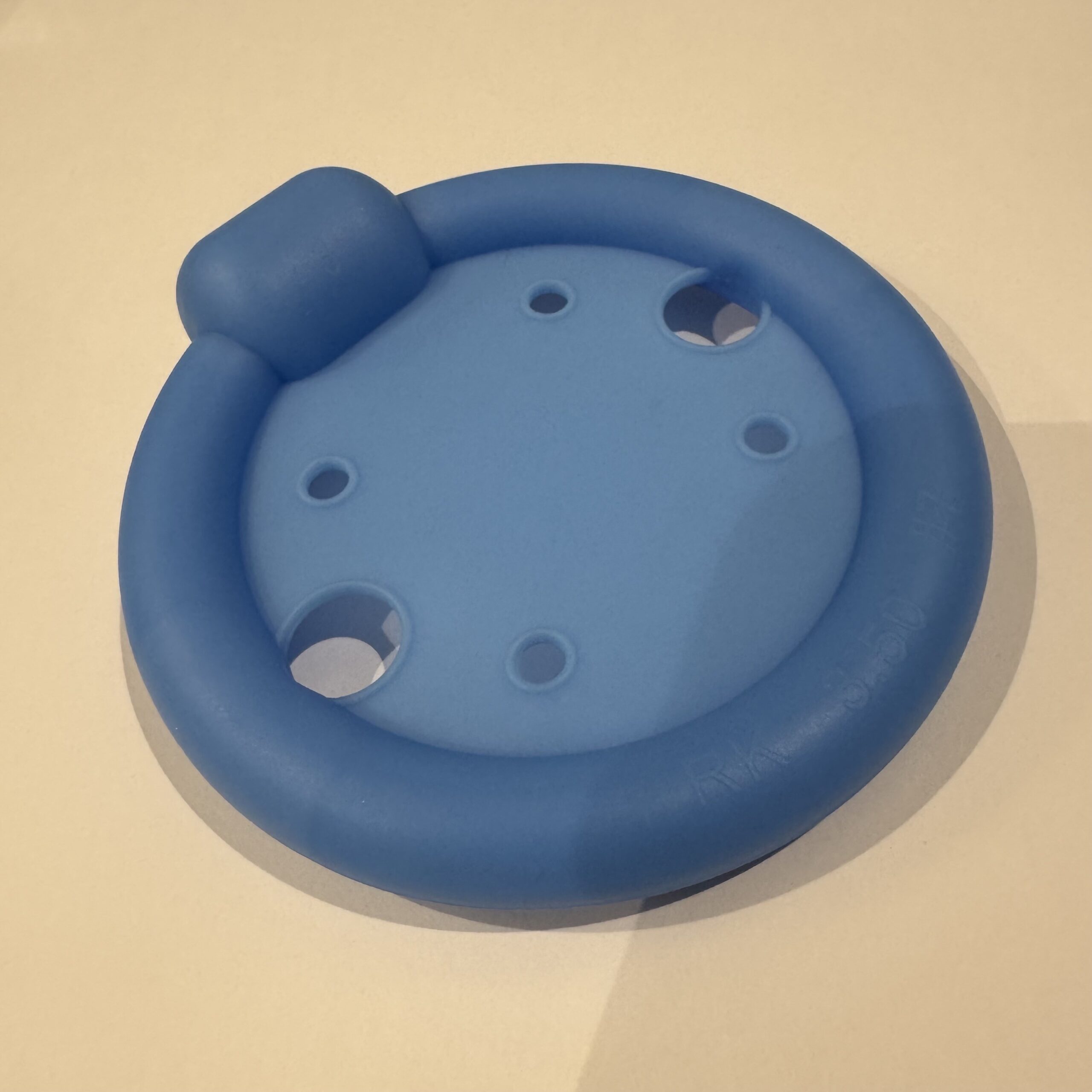
Ring Pessary
Best for: Mild to moderate uterine or vaginal wall prolapse (bladder/ rectal)
Description:
The ring pessary is one of the most commonly prescribed and easiest to insert. It looks like a flexible silicone ring and comes in several variations—some have support membranes in the middle for extra lift and some with a knob for urine leakage support.
-
Why it works:
- Provides gentle support to the vaginal walls
- Allows for normal intercourse in most cases
- Suitable for women with early-stage prolapse who still have good pelvic floor tone
Dish Pessary
Best for: Uterine prolapse or bladder prolapse
Description:
The dish pessary looks like a small shallow bowl with or without a central hole for cervical placement. It creates a suction effect that helps keep the uterus and vaginal walls supported. This pessary can also support urinary leakage with a support knob.
-
Why it works:
- Provides firmer support than a ring
- The version with a central hole allows drainage and airflow
- Suitable for moderate prolapse and women seeking a balance between support and comfort
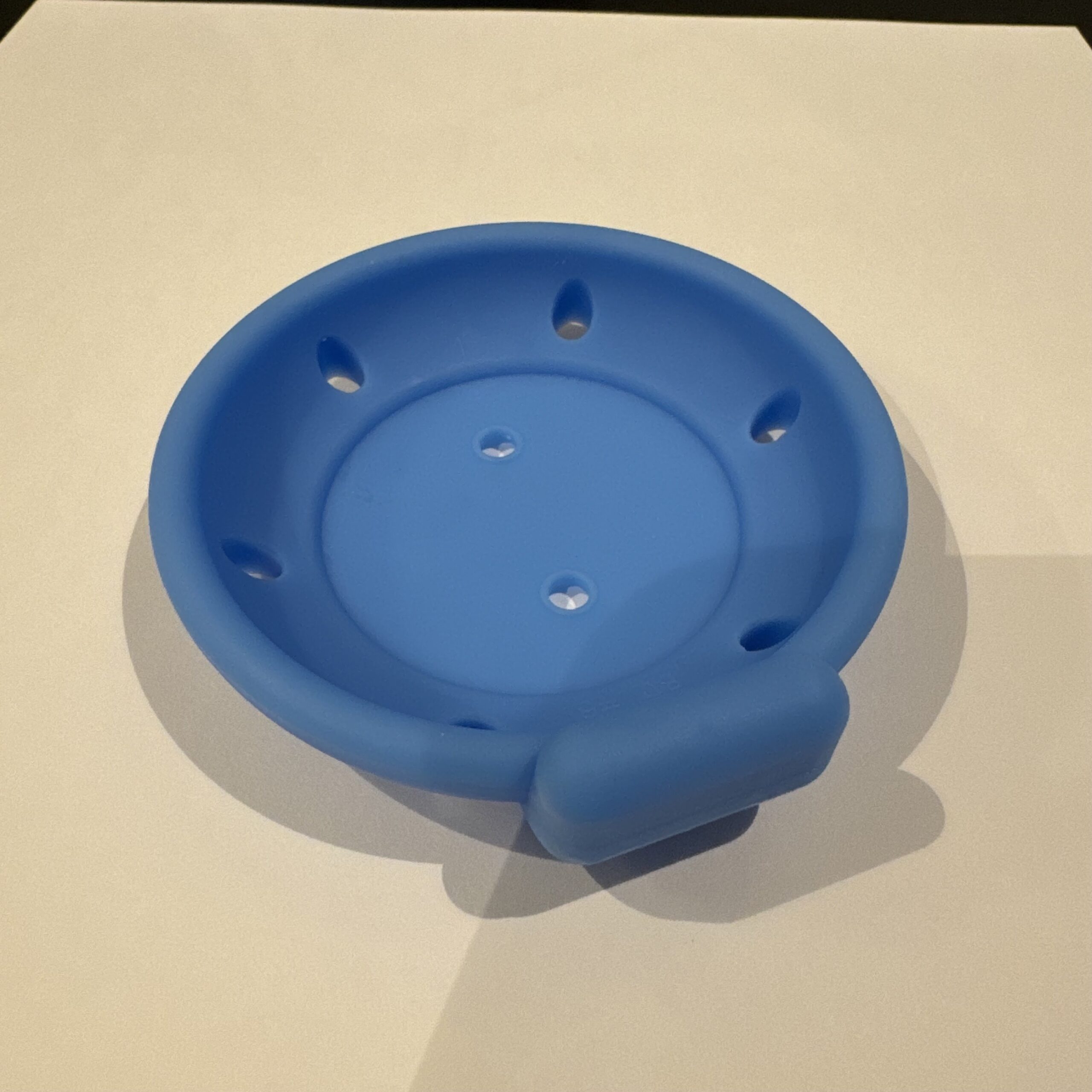
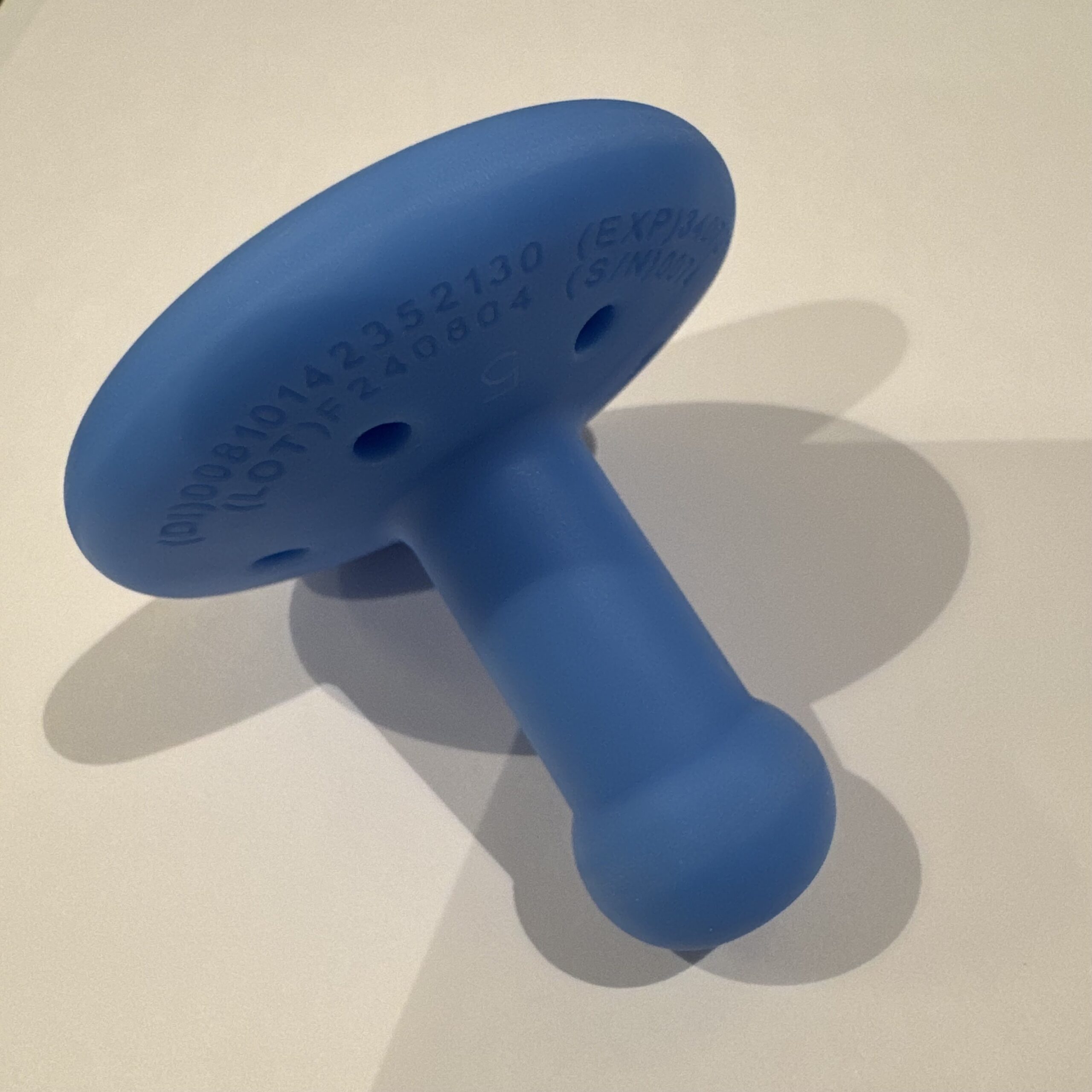
Gellhorn Pessary
Best for: More advanced uterine prolapse or vaginal vault prolapse (post-hysterectomy)
Description:
The Gellhorn has a flat disc base with a stem in the center, offering strong structural support.
-
Why it works:
- Excellent for more severe or advanced prolapse
- Typically used when other pessaries do not stay in place
- Not suitable for intercourse (usually worn continuously and managed by a healthcare provider)
Cube Pessary
Best for: Mild to moderate prolapse when other pessaries fall out or fail to provide support
Description:
The cube pessary is shaped like a small cube with suction ports on each side. It stays in place through gentle suction against the vaginal walls
-
Why it works:
- Provides multi-directional support
- Must be removed daily or regularly to prevent irritation
- Cannot be worn during intercourse
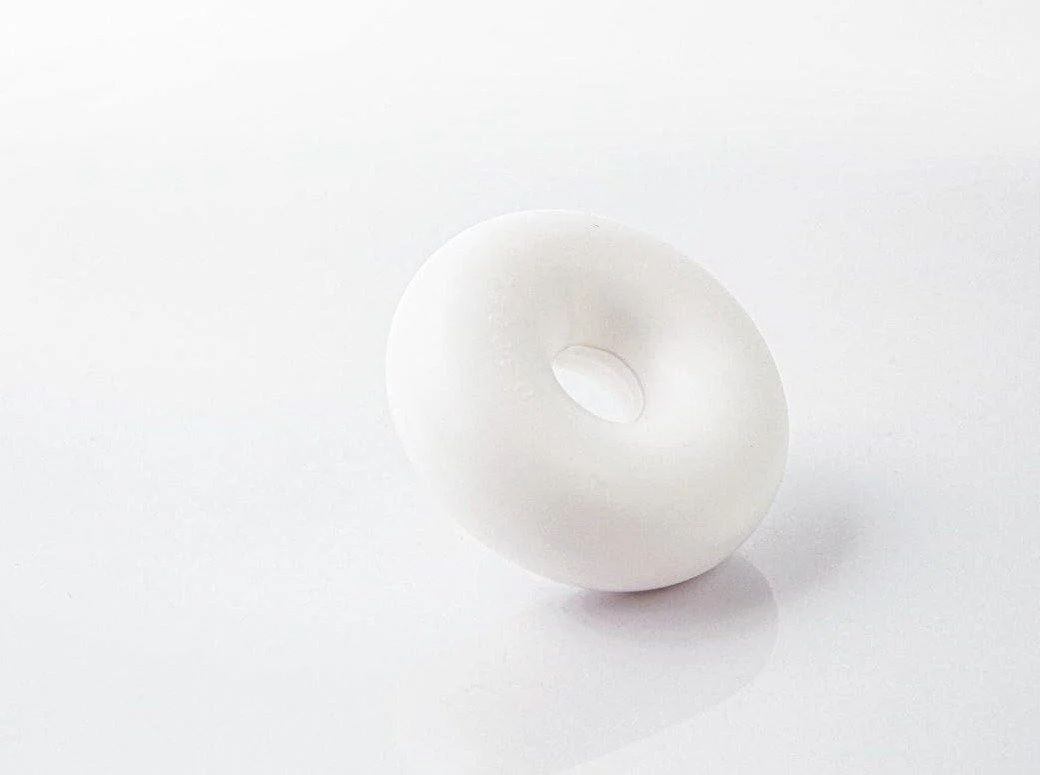
Donut Pessary
Best for: Severe uterine or vaginal vault prolapse, particularly in older or less mobile individuals
Description:
The donut pessary is thick and rounded, resembling a small inner tube. It provides maximum lift and space-filling support.
-
Why it works:
- Holds up advanced prolapse effectively
- Commonly used in women who are not candidates for surgery
- Can be more difficult to insert and remove independently
Gehrung Pessary
Best for: Cystocele (bladder prolapse) and rectocele (rectal prolapse) combined with uterine descent
Description:
The Gehrung pessary is U-shaped with a supportive arch that can be molded to fit the vaginal contour.
-
Why it works:
- Provides tailored support for both the front and back vaginal walls
- Effective in more complex prolapse presentations
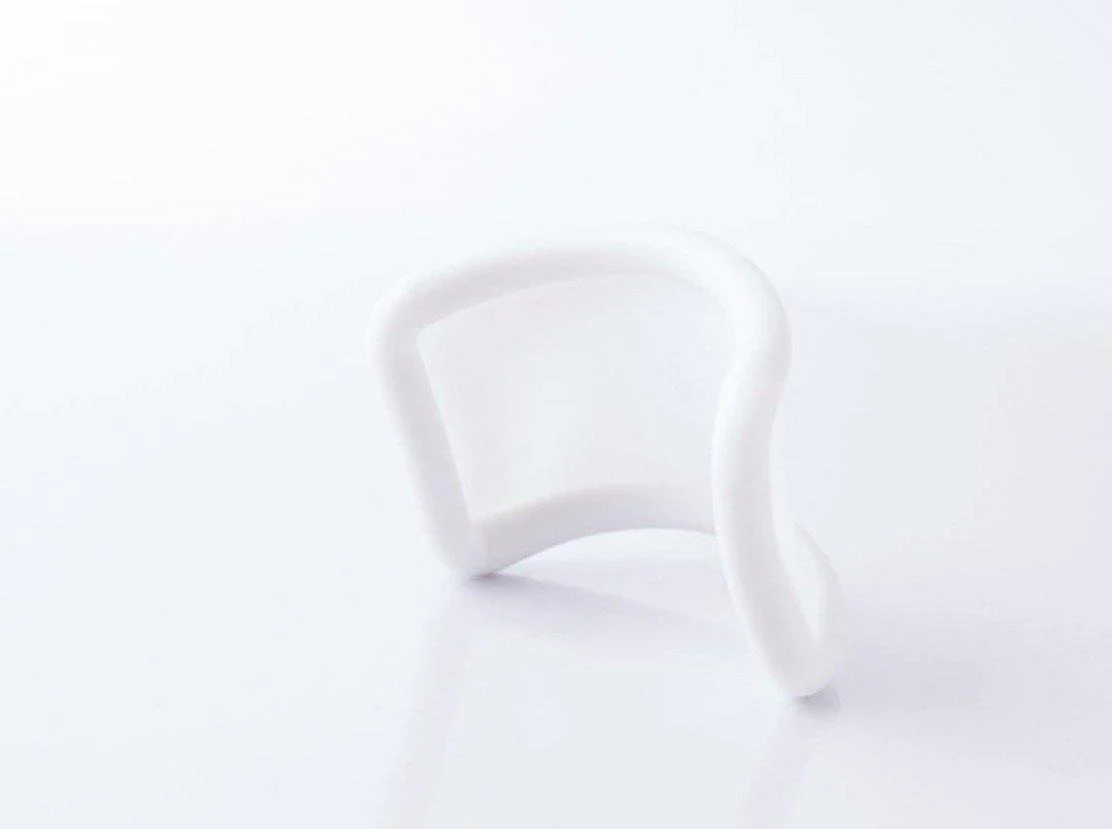
Choosing the Right Pessary
Selecting the right pessary is a collaborative process between you and your healthcare provider. A proper fitting session ensures comfort, correct size, and the right level of support. Some women use pessaries as a long-term management tool, while others use them temporarily—such as during postpartum recovery or while awaiting surgery.
Care and Maintenance Tips
- Clean your pessary regularly as instructed by your clinician
- Schedule regular check-ins to monitor vaginal health
- Use vaginal estrogen (if prescribed) to prevent dryness or irritation
Final Thoughts
Pessaries offer an empowering, non-surgical way to manage pelvic organ prolapse. Whether you’re looking to return to exercise, avoid surgery, or simply feel more supported in daily life, the right pessary can make all the difference.
If you think a pessary might be right for you:
- Click here for more info
- Contact our clinic for details
- Book in for a free Pessary meet & greet

